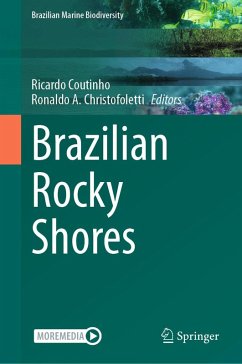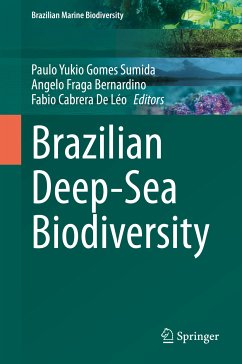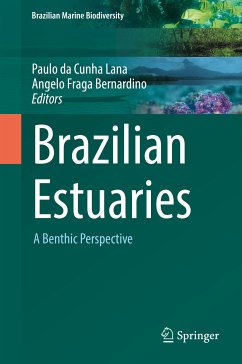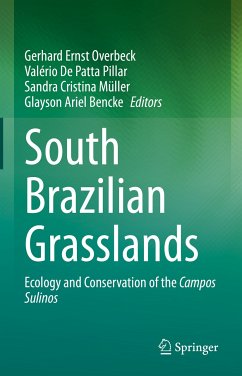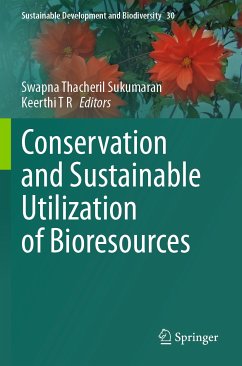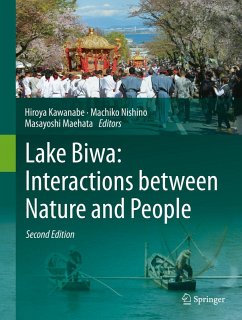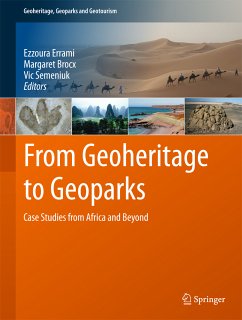
Brazilian Sandy Beaches (eBook, PDF)
Versandkostenfrei!
Sofort per Download lieferbar
120,95 €
inkl. MwSt.
Weitere Ausgaben:

PAYBACK Punkte
60 °P sammeln!
More than 4000 beaches distributed along the Brazilian coastline are one of the country's main assets. They harbor endemic and diverse biota and provide numerous goods and services essential to human populations. However, they are under increasing pressure, trapped between the impacts of climate change and human activities in the terrestrial and marine environment, and the knowledge about their environmental characteristics and biodiversity is still insufficient to ensure their preservation. This book is the first-ever comprehensive work about Brazil's sandy beaches addressing their physical, ...
More than 4000 beaches distributed along the Brazilian coastline are one of the country's main assets. They harbor endemic and diverse biota and provide numerous goods and services essential to human populations. However, they are under increasing pressure, trapped between the impacts of climate change and human activities in the terrestrial and marine environment, and the knowledge about their environmental characteristics and biodiversity is still insufficient to ensure their preservation. This book is the first-ever comprehensive work about Brazil's sandy beaches addressing their physical, ecological, and social aspects. It was written by an interdisciplinary group of leading Brazilian researchers from different regions of the country and also had the contribution of a few international experts. The information synthesized in this book is accessible to anyone who wants to know more about Brazilian coastal biodiversity and represents a significant step towards conserving Braziliansandy beaches, their biodiversity, and ecosystem services.
Dieser Download kann aus rechtlichen Gründen nur mit Rechnungsadresse in A, B, BG, CY, CZ, D, DK, EW, E, FIN, F, GR, HR, H, IRL, I, LT, L, LR, M, NL, PL, P, R, S, SLO, SK ausgeliefert werden.




